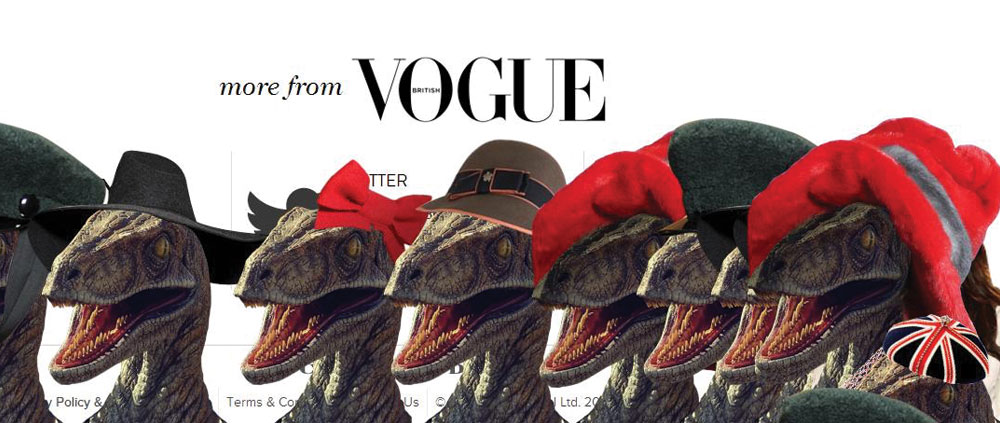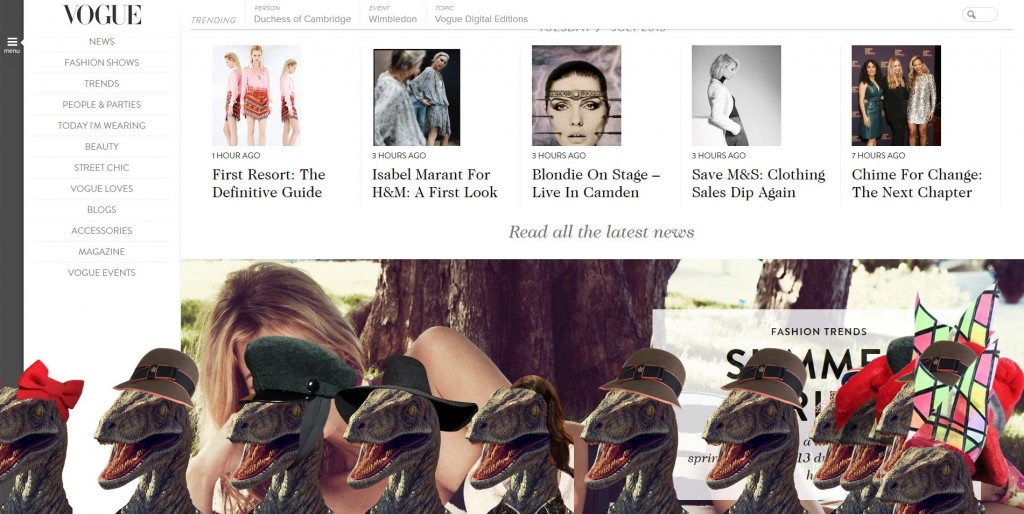
This article originally appeared at Unison.
The success of Oreo’s Super Bowl real-time marketing campaign spurred many companies to try to react immediately to current events in a smart and engaging way. If you missed it, Oreo capitalized on the Super Bowl power outage by immediately tweeting a simple and clever image that gained almost 16,000 retweets. Since then, many brands have tried to replicate that immediacy to largely mixed results (most notably at the Oscars), which begs the question: can real-time marketing really work or was Oreo’s experience just a fluke?
I am a firm believer that real-time marketing, like any other content, can be successful as long as it’s authentic to the brand and entertaining to its consumers. Oreo’s win came not only in its speed, but also in its relevance to the product and the product’s values.
On Wednesday, July 10, a dinosaur-themed Konami Code Easter egg, discovered on four Condé Nast UK websites, became popular on social networks after lying dormant in Condé Nast’s code amber for an indeterminate length of time. The Konami Code, for the uninitiated, is a secret keystroke combination in many old-school video games that activates a wealth of different cheats or options for the player.
When visitors arrived at Vogue UK, for example, and entered the keystroke code—up, up, down, down, left, right, left, right, b, a—a series of velociraptors wearing haute couture hats leapt forth. The Konami Code has been spotted on other websites in the past, but Condé Nast’s prestige turned this instance into an Internet phenomenon—earning the much prized status of “meme.”

As news of the Condé Nast Konami Code meme spread, I met with a fellow strategist and our Director of Technology to see if we could capitalize on this viral trend with a real-time marketing Easter egg of our own. Four hours after first learning about the craze, we designed and implemented a version of the Konami Code that revealed our own staff (rather than velociraptors) similarly donning haute couture.

The code went live on the home page Wednesday evening, the same day Vogue UK posted theirs.

We began to promote the code through our personal social media networks first thing Thursday morning. At no point did official channels discuss the Easter egg, as we wished to see if this experiment could spread organically without a publicity push by the company.
To my surprise, it worked. Solely through employee word of mouth, our traffic increased 75% from its baseline with almost no real investment from the company other than trust in our hypothesis. This viral experiment solidified our brand as a successful creator of innovative and experimental marketing tactics. As a relatively new employee, it was also incredibly encouraging to see how much support this idea received during its inception, construction, and fruition.

Can real-time marketing work every time? Probably not. But I still maintain that by providing a fun, authentic, on-brand experience, the customer will respond in kind.
Featured image from Vogue UK.